Future Architecture Thinking designs the flame-red House of the Arts in Miranda do Corvo
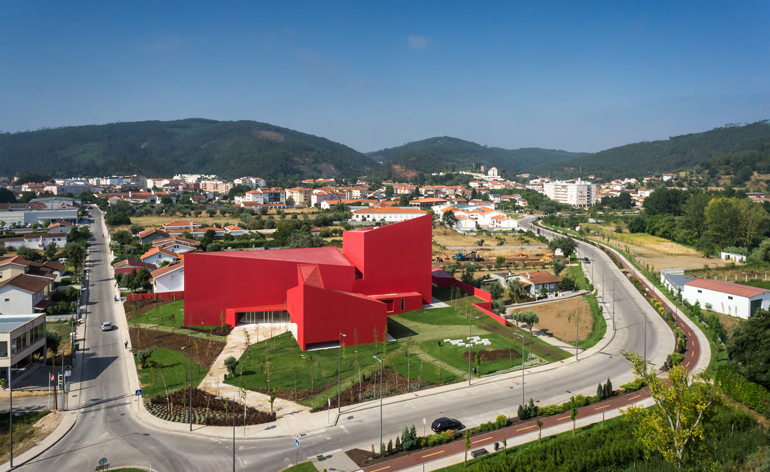
The House of the Arts (or Casa das Artes), designed by Lisbon firm Future Architecture Thinking, is sited in Miranda do Corvo, about 150km south of Porto.
The Portuguese architectural scene is still making its way through Southern Europe's ongoing recession. Major projects have been placed on hold, or even stuttered to a near standstill, casting an air of gloom over a country that sees architecture as integral to its national identity.
The new House of the Arts (or Casa das Artes) in Miranda do Corvo, about 150km south of Porto, bucks the trend in two ways. First up, it's been completed - a sparkling new arts complex built along the Bilbao model to be a focus for the local community, hosting not just gallery shows but also events. Secondly, it's red. The country has a long association with white rendered concrete, in both its traditional vernacular architecture and the Critical Regionalism associated with Siza and his followers.
House of the Arts is unashamedly bold. Designed by Miguel Correia of Lisbon-based firm Future Architecture Thinking - no relation to the London-based FAT Architecture - the project is treated as a soaring enclosure, with high, angled roofs referencing the peaks of the nearby Lousã Mountains and generous new landscaping that knits the complex into the suburban context.
Inside, there's a 300-seater high-tech auditorium and a cafeteria, with plans for a small museum still in hand. From the main foyer space, visitors can access all areas of the new complex, while an outdoor amphitheatre gives the community even more options for future use.
The interplay between angled wall, light and shade, window, slot and landscape makes for a strong, satisfying composition, making the Casa das Artes an unmissable piece of architectural theatre that goes some way to justifying the 'iconic' tag used so explicitly by the architects.

The new arts complex is built along the Bilbao model to be a focus for the local community, hosting not just gallery shows but also events
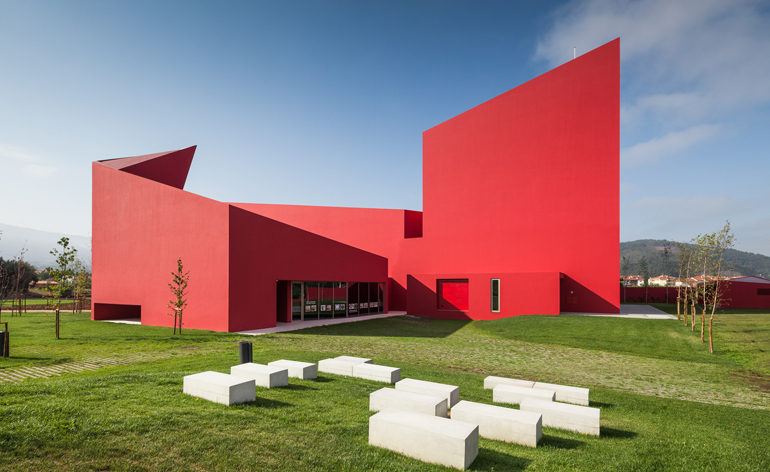
The bright red facade is a radical choice in a country that has a long association with white rendered concrete, in both its traditional vernacular architecture and the Critical Regionalism associated with Siza and his followers

The project is treated as a soaring enclosure, with high, angled roofs referencing the peaks of the nearby Lousã Mountains and generous new landscaping that knits the complex into the suburban context

Clean lines carve out the entrance

From the main foyer space, visitors can access all areas of the new complex
Receive our daily digest of inspiration, escapism and design stories from around the world direct to your inbox.
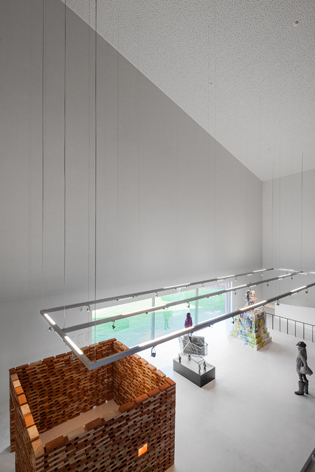
Exhibition space inside the building

A monochrome colour palette reinforces the angles of the architecture

The House of the Arts also houses a 300-seater high-tech auditorium and a cafeteria, and there are plans for a small museum still in hand
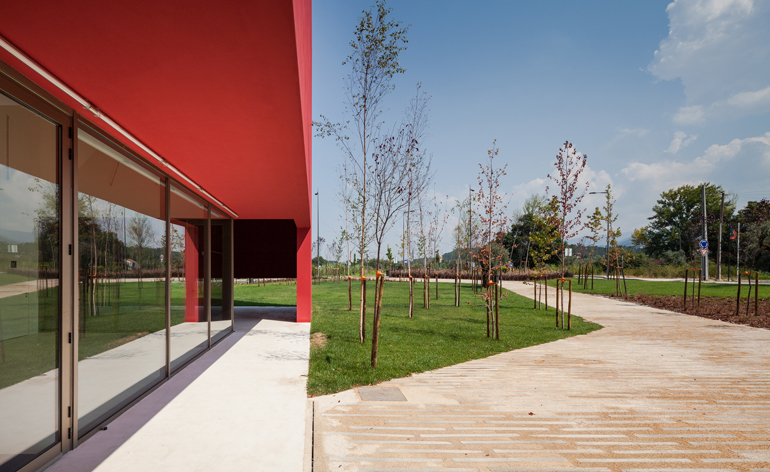
The interplay between angled wall, light and shade, window, slot and landscape makes for a strong, satisfying composition

A sharp angled opening at the top of the building
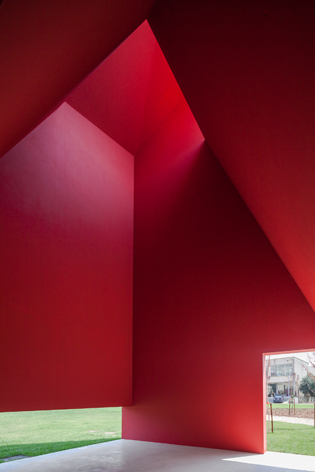
A corner of the covered terracing that wraps the building

A sliced detail of the facade
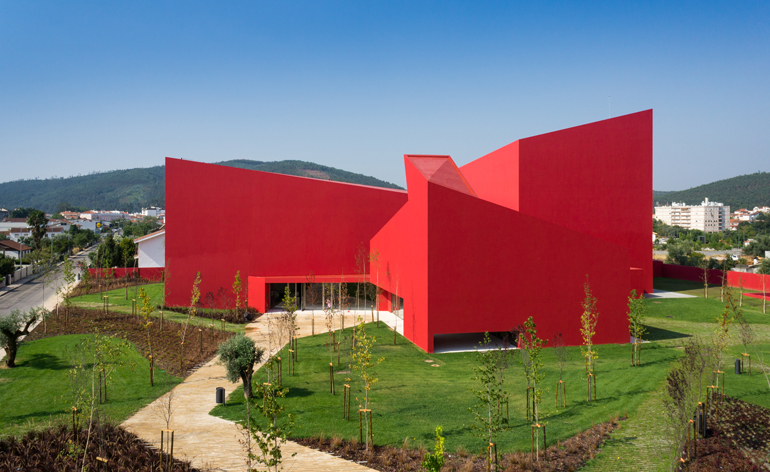
The House of the Arts an unmissable piece of architectural theatre that goes some way to justifying the 'iconic' tag used so explicitly by the architects
Jonathan Bell has written for Wallpaper* magazine since 1999, covering everything from architecture and transport design to books, tech and graphic design. He is now the magazine’s Transport and Technology Editor. Jonathan has written and edited 15 books, including Concept Car Design, 21st Century House, and The New Modern House. He is also the host of Wallpaper’s first podcast.
-
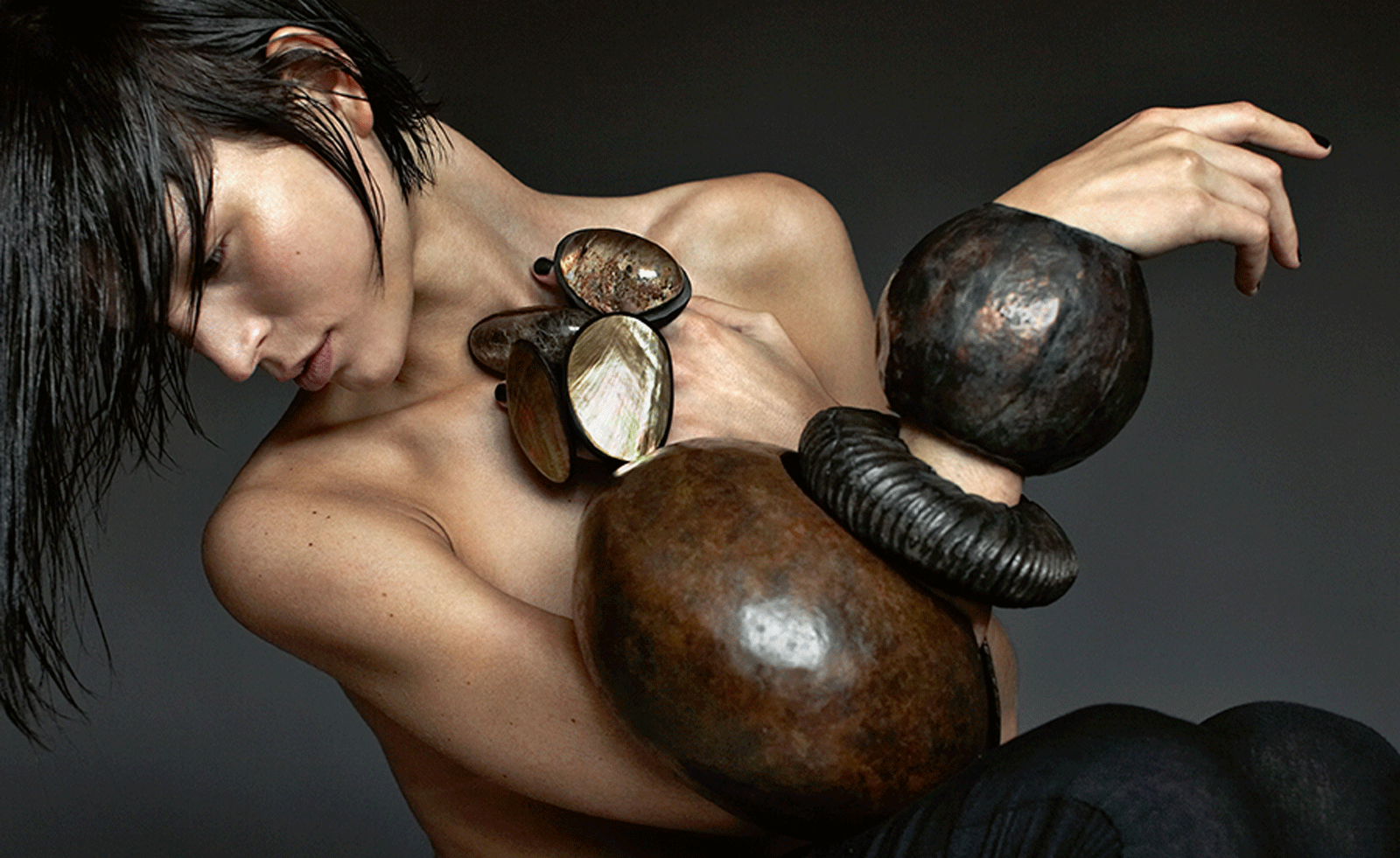 These are the jewellery pieces which have defined a generation
These are the jewellery pieces which have defined a generationFrom established jewellery houses, to up-and coming designers and avant-garde artists, a new book by Phaidon spotlights the stand-out jewellery from the last two centuries
-
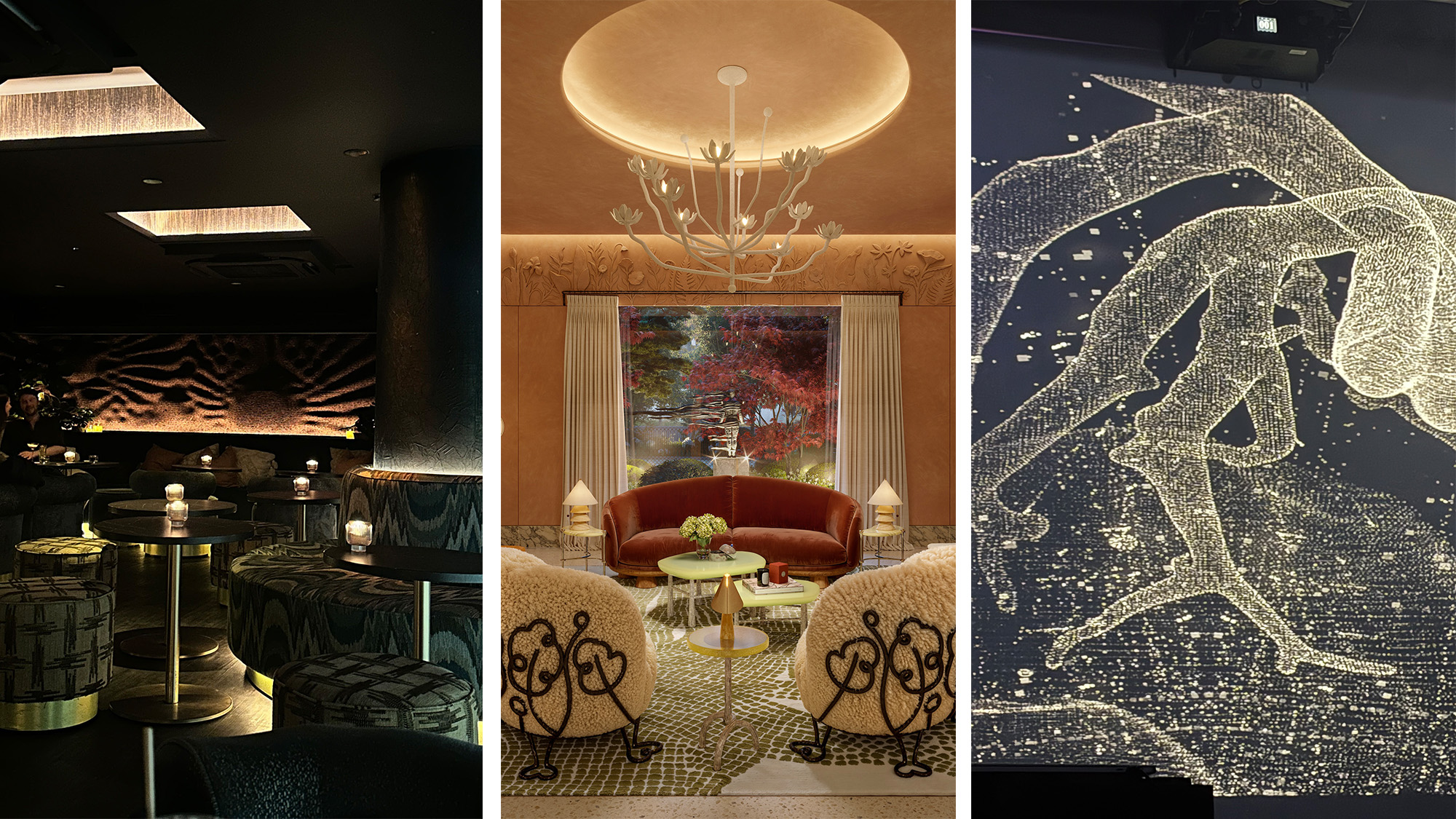 Out of office: The Wallpaper* editors’ picks of the week
Out of office: The Wallpaper* editors’ picks of the weekThe clocks have gone back in the UK and evenings are officially cloaked in darkness. Cue nights spent tucked away in London’s cosy corners – this week, the Wallpaper* team opted for a Latin-inspired listening bar, an underground arts space, and a brand new hotel in Shoreditch
-
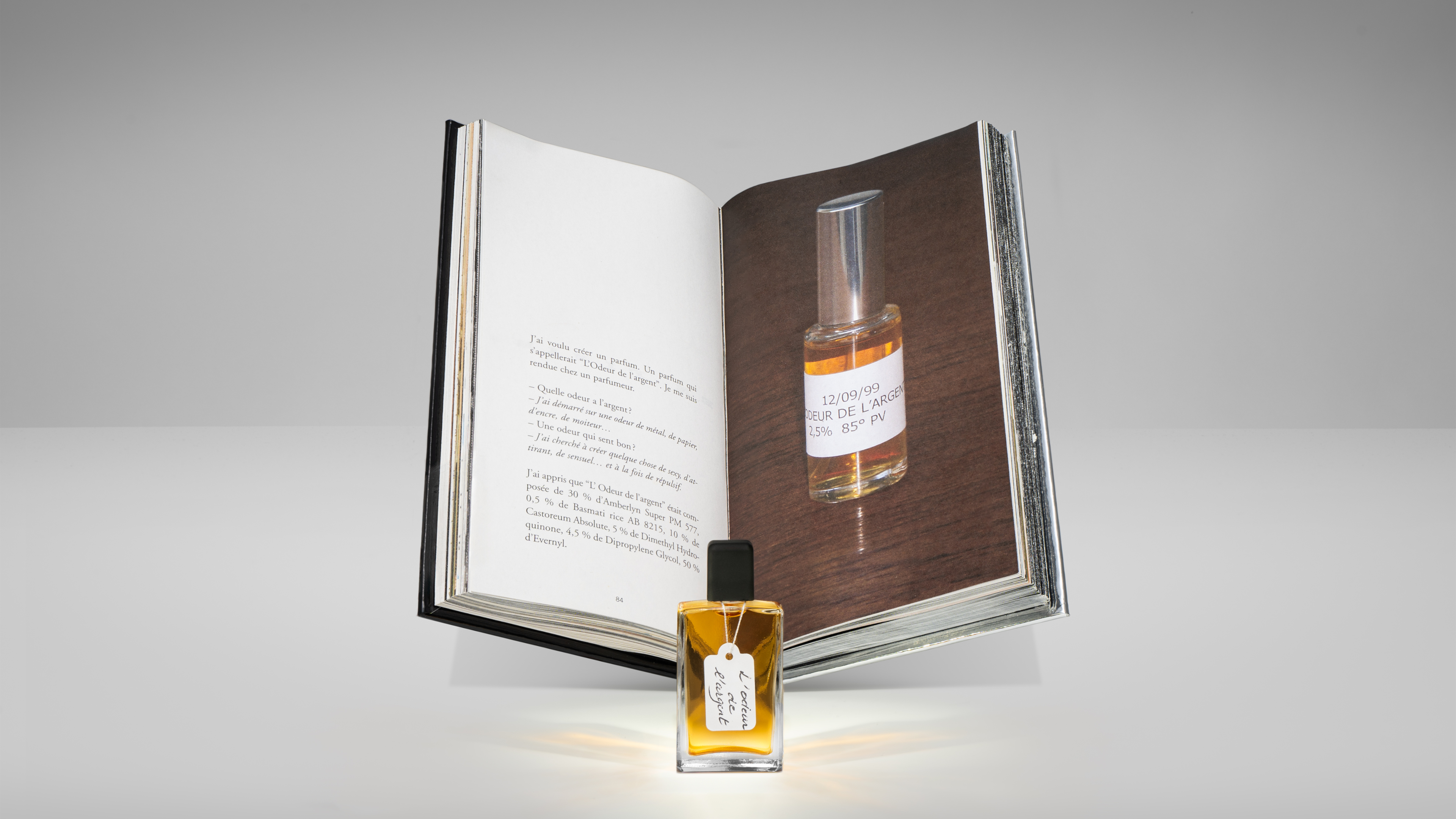 How do you exhibit invisible art? A new show at Palais de Tokyo has the answer
How do you exhibit invisible art? A new show at Palais de Tokyo has the answer'Perfume, Sculpture of the Invisible' celebrates the work of master perfumer Francis Kurkdjian with an exhibition that activates all the scenes.
-
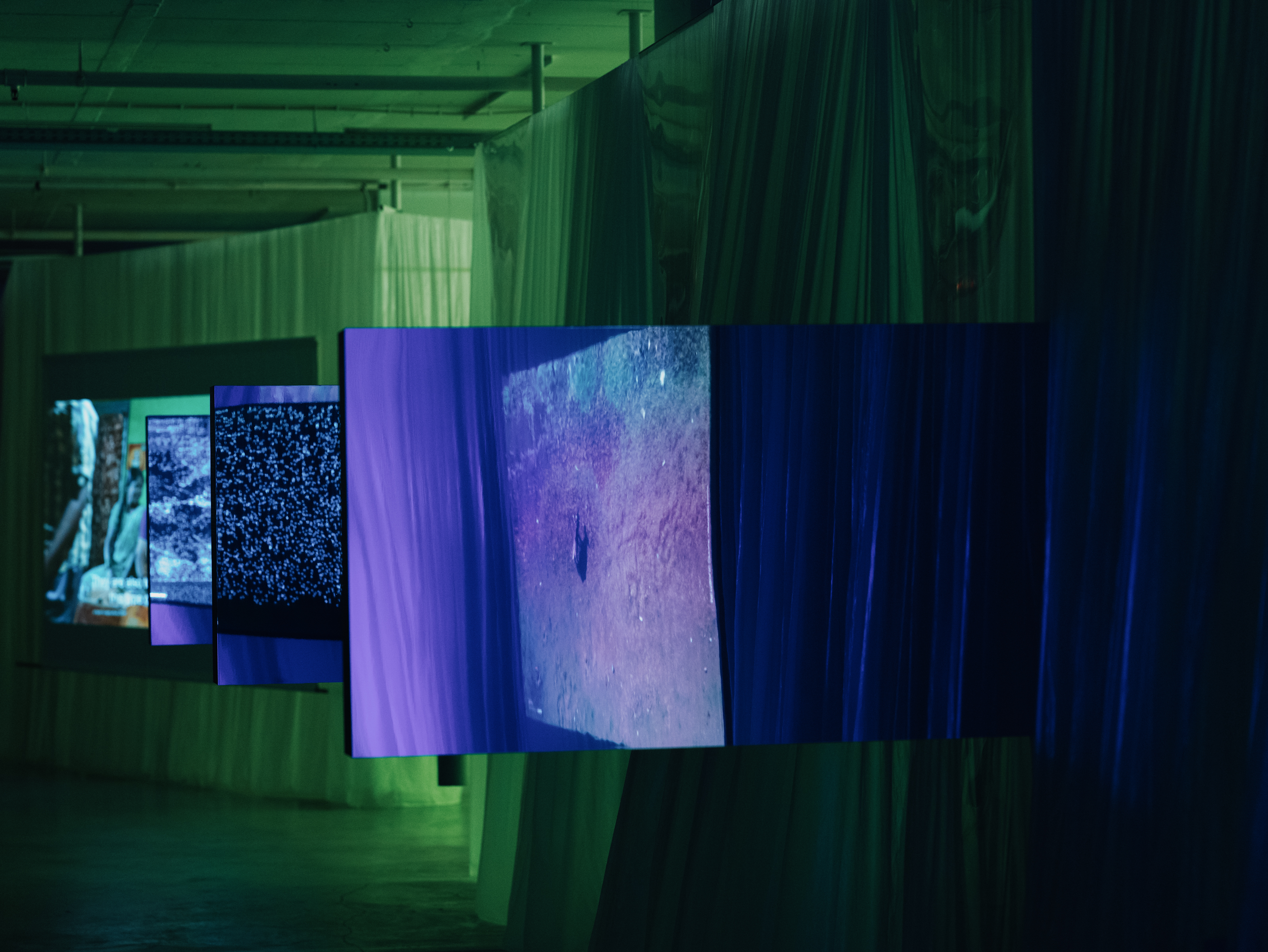 2025 Lisbon Architecture Triennale ponders the (literal and figurative) weight of humanity
2025 Lisbon Architecture Triennale ponders the (literal and figurative) weight of humanityJoin us on a tour of the 2025 Lisbon Architecture Triennale, exploring the question ‘How Heavy is the City?’ and our impact on the planet
-
 A beach house in Portugal offers up multiple layers of space for contemporary living
A beach house in Portugal offers up multiple layers of space for contemporary livingWER Studio has completed this concrete beach house on the Atlantic Coast, with opening façades and an expansive terrace
-
 Tour the Albuquerque Foundation, Portugal’s new ceramics hub, where the historic and contemporary meet
Tour the Albuquerque Foundation, Portugal’s new ceramics hub, where the historic and contemporary meetA new cultural destination dedicated to ceramics, The Albuquerque Foundation by Bernardes Arquitetura opens its doors in Sintra, Portugal
-
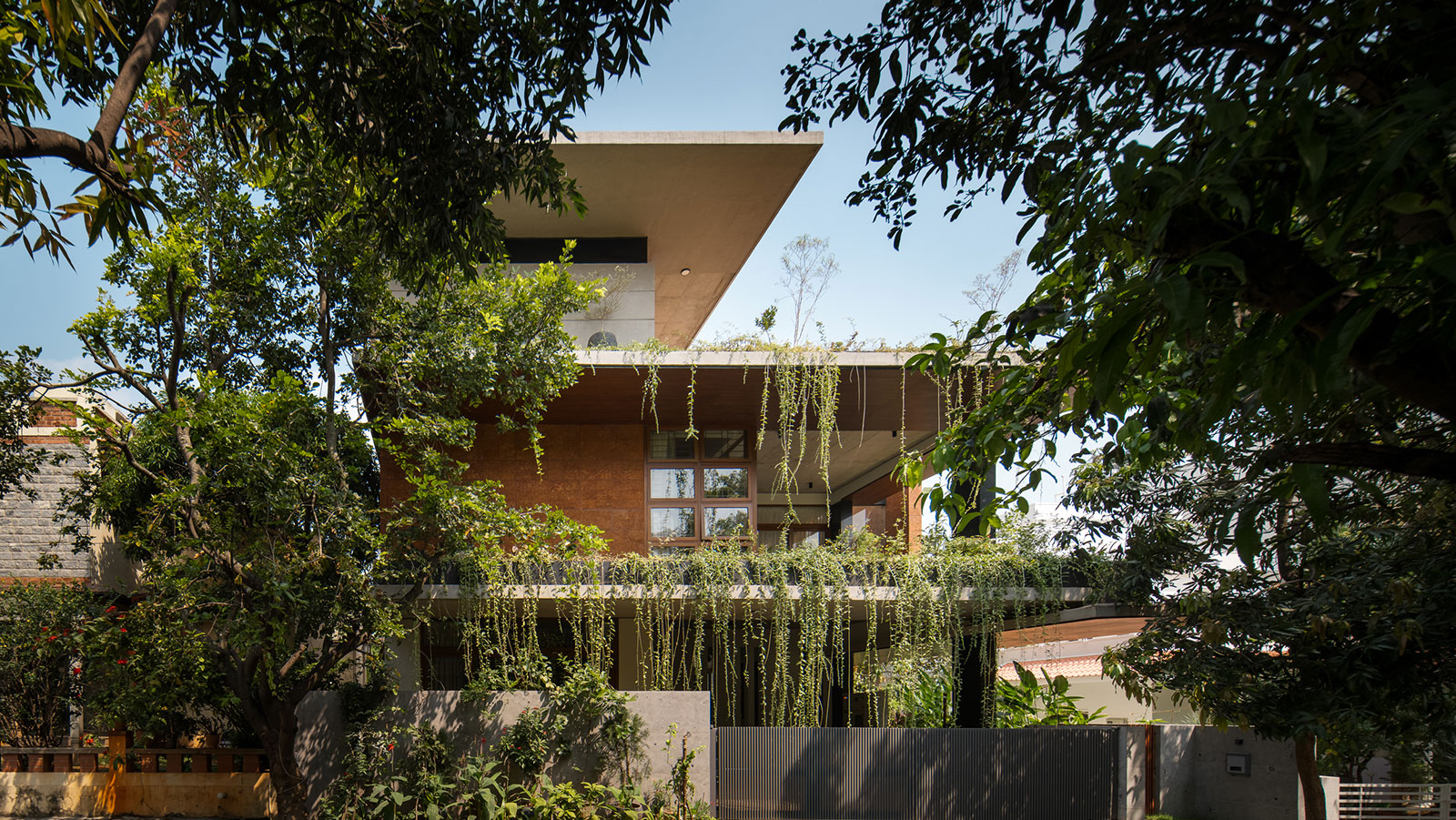 Year in review: the top 12 houses of 2024, picked by architecture director Ellie Stathaki
Year in review: the top 12 houses of 2024, picked by architecture director Ellie StathakiThe top 12 houses of 2024 comprise our finest and most read residential posts of the year, compiled by Wallpaper* architecture & environment director Ellie Stathaki
-
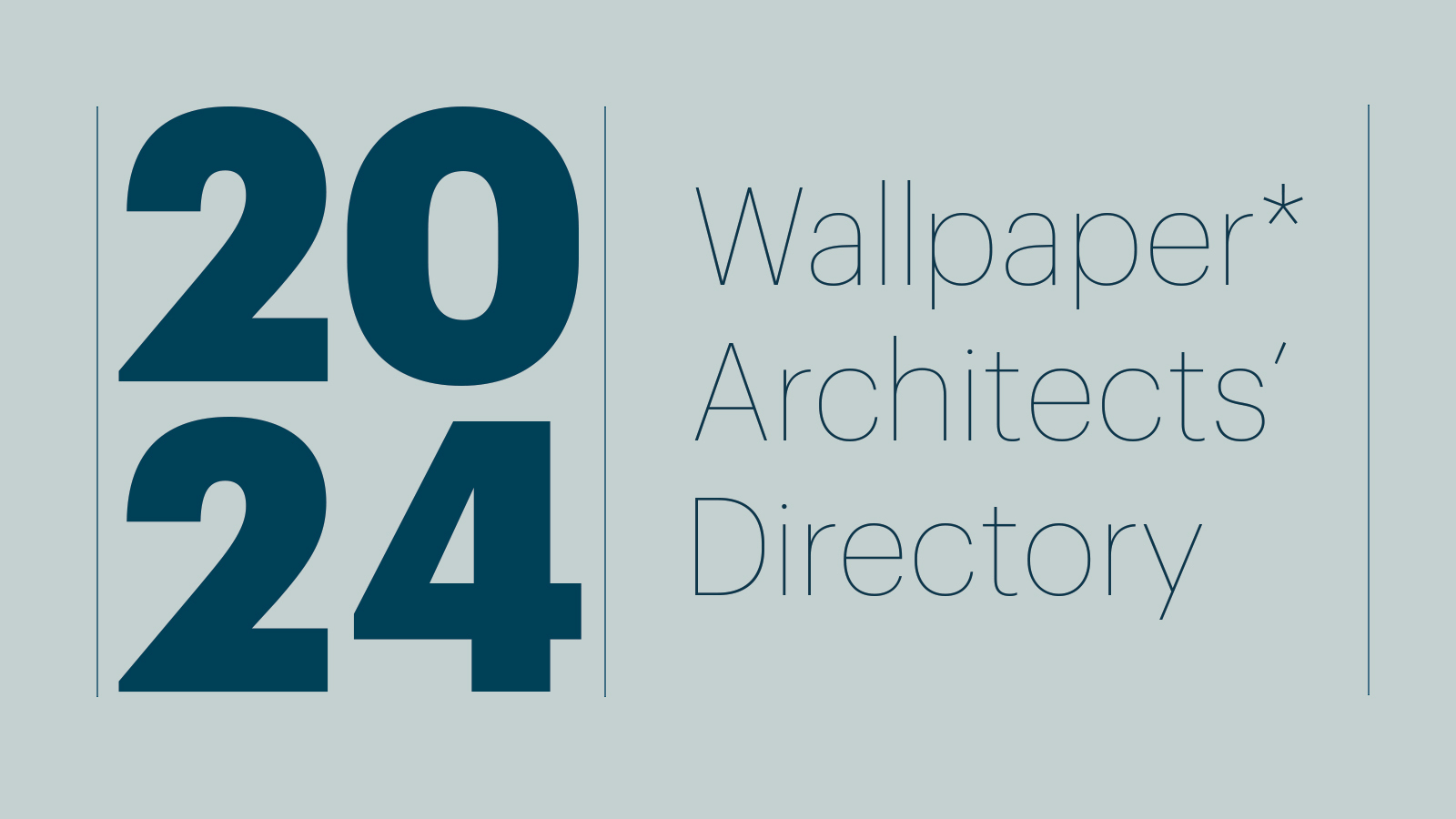 Wallpaper* Architects’ Directory 2024: meet the practices
Wallpaper* Architects’ Directory 2024: meet the practicesIn the Wallpaper* Architects Directory 2024, our latest guide to exciting, emerging practices from around the world, 20 young studios show off their projects and passion
-
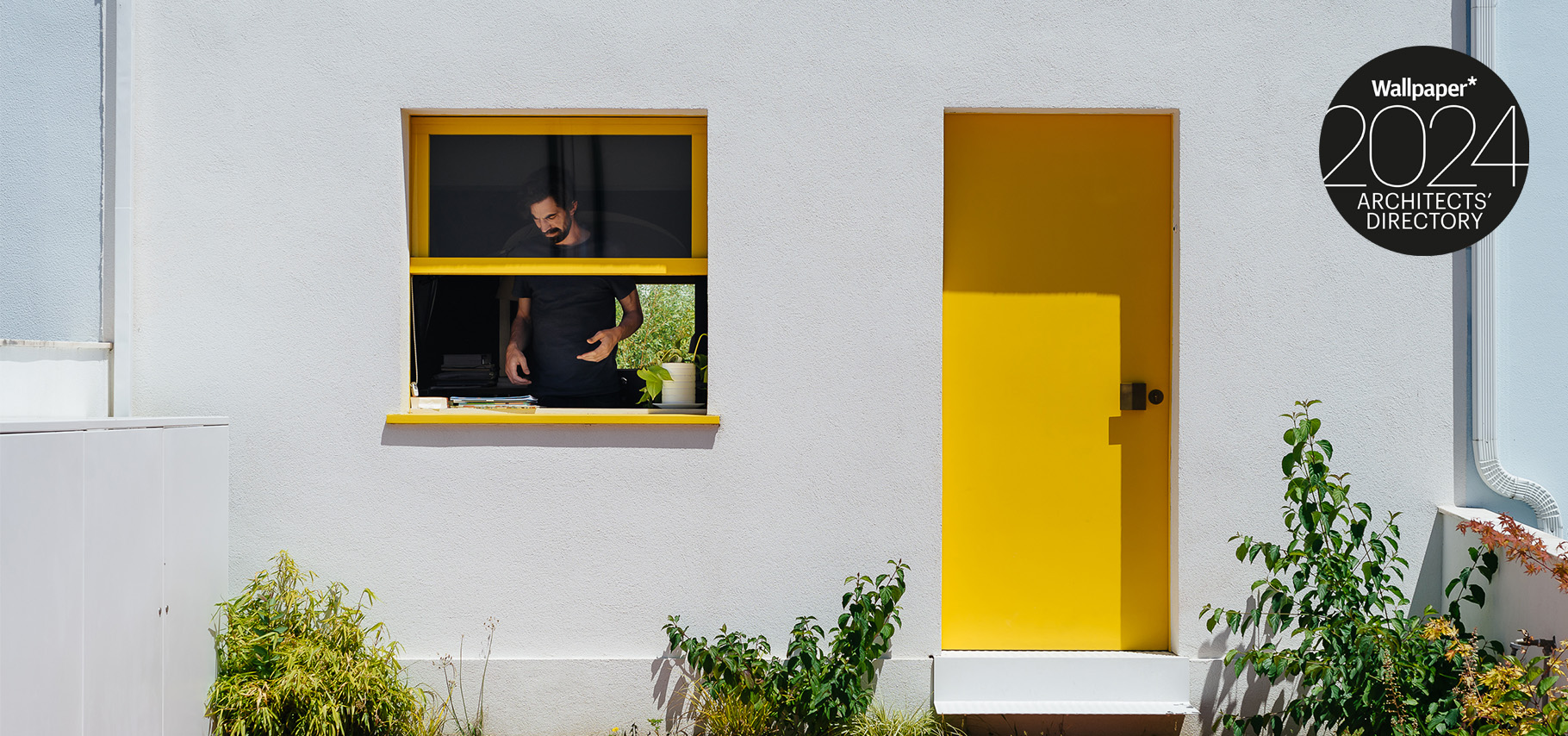 Branco del Rio's House AA8 brings a pop of colour to its Portuguese neighbourhood
Branco del Rio's House AA8 brings a pop of colour to its Portuguese neighbourhoodBased in Portugal, Branco del Rio Arquitectos joins the Wallpaper* Architects’ Directory 2024, our annual round-up of exciting emerging architecture studios
-
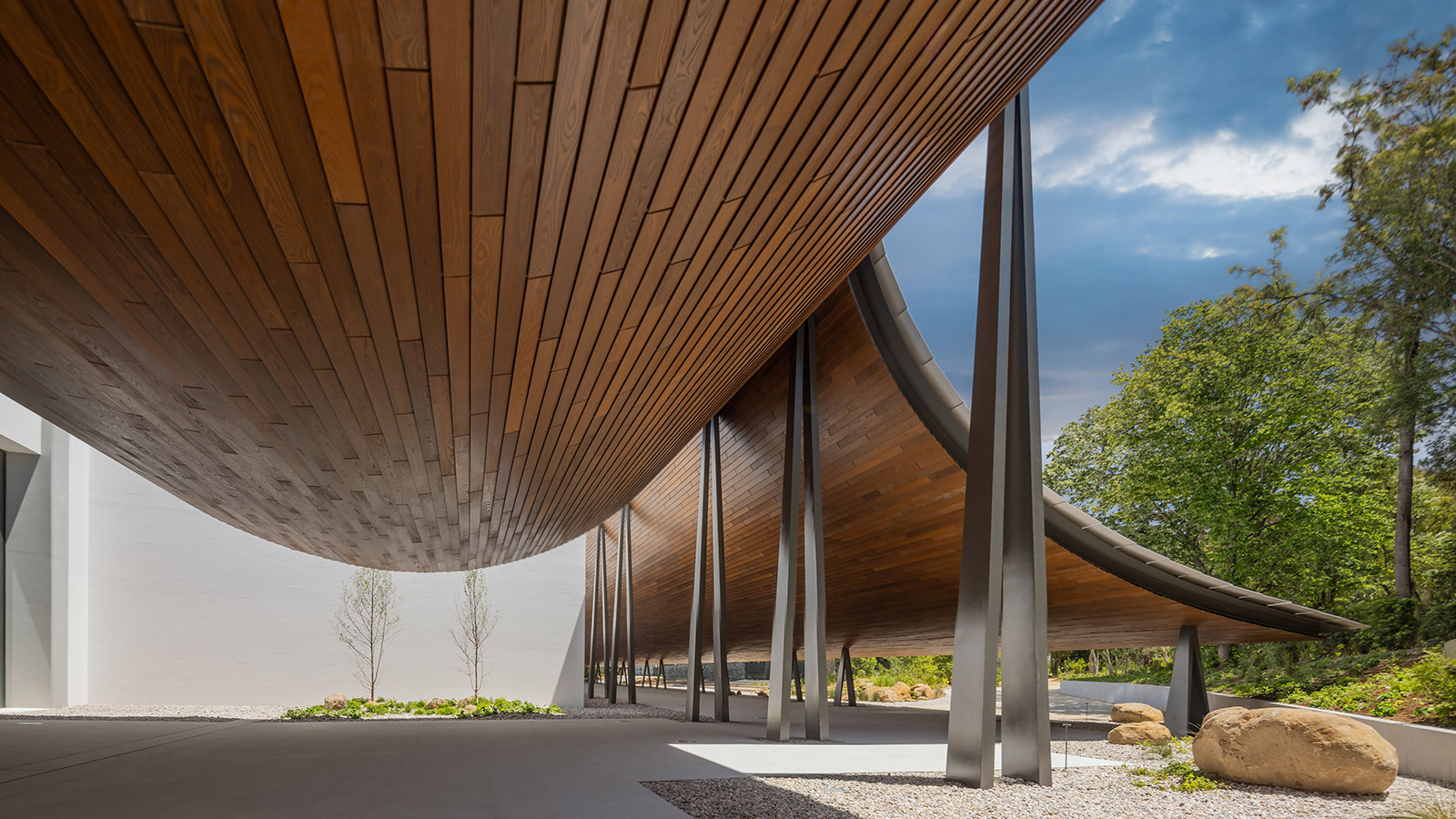 Gulbenkian Foundation's new art centre by Kengo Kuma is light and inviting
Gulbenkian Foundation's new art centre by Kengo Kuma is light and invitingLisbon's Gulbenkian Foundation reveals its redesign and new contemporary art museum, Centro de Arte Moderna (CAM), by Kengo Kuma with landscape architects VDLA
-
 City Cortex celebrates cork’s versatility with public installations in Lisbon
City Cortex celebrates cork’s versatility with public installations in LisbonCity Cortex, an urban project in Lisbon developed by Amorim, celebrates cork as a sustainable material with installations by Gabriel Calatrava, Leong Leong, Yves Behar and more